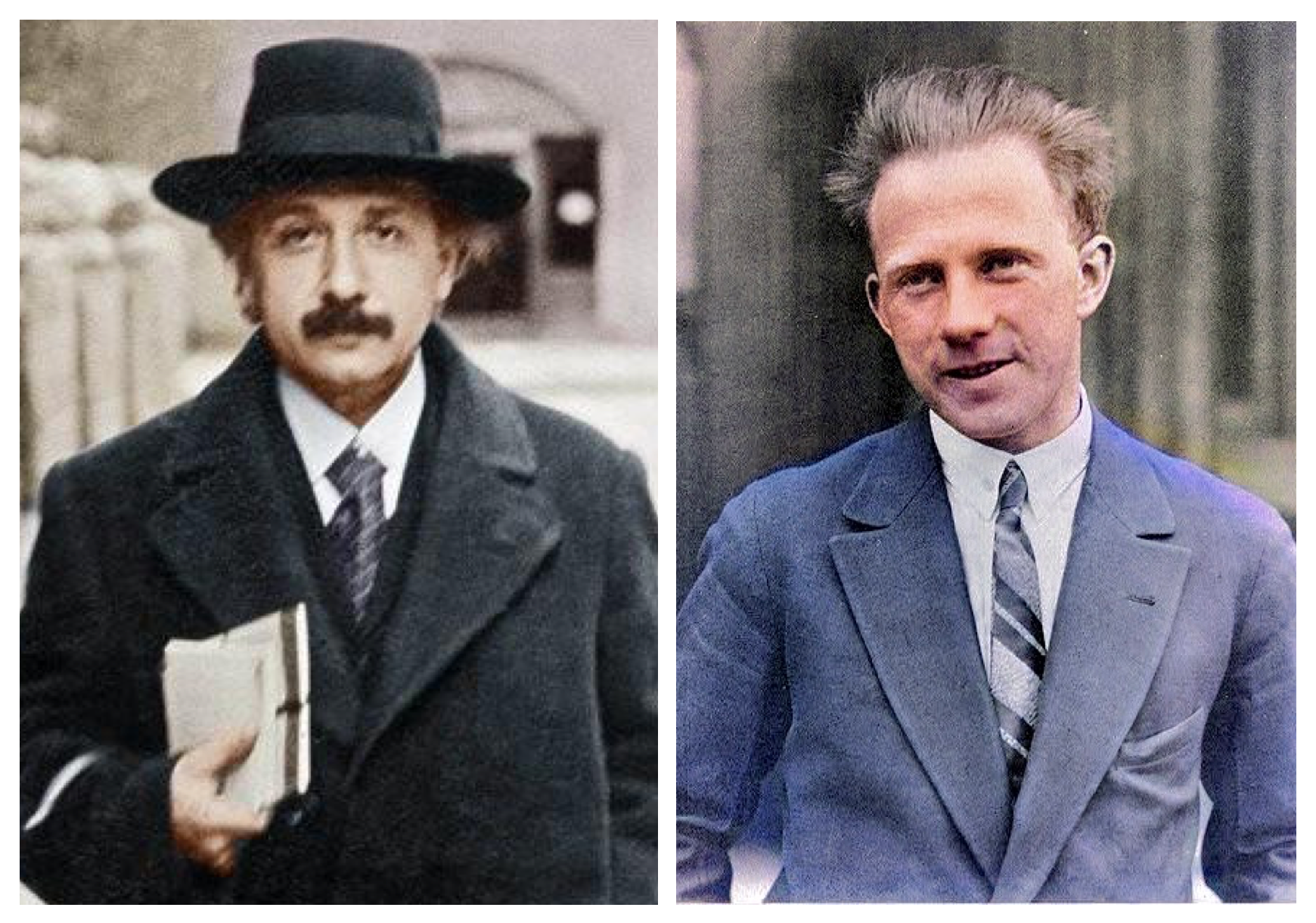History remembers many brilliant minds whose creations transformed society in ways they never anticipated. One such figure, initially hailed as a visionary pioneer, developed technologies that promised to revolutionize modern life but ultimately left a mixed legacy that continues to shape our world today. The story of this inventor serves as a cautionary tale about innovation’s double-edged nature and the unpredictable consequences of technological progress.
Throughout their existence, this person led the charge in scientific progress, earning widespread recognition for innovative creations that addressed significant issues of the time. Modern descriptions portray a talented yet deeply dedicated inventor, intensely committed to advancing limits without thoroughly pondering possible future consequences. Their innovations resulted in many patents and industrial uses that, at first, enhanced lives and increased economic efficiency.
Nevertheless, many years following their most renowned achievements, the negative impacts of these inventions could no longer be overlooked. Initially designed to address particular challenges, these solutions progressively generated widespread problems that now demand comprehensive corrective measures. The environmental harm, health-related issues, and societal disturbances linked to these technologies have led historians and ethicists to critically reassess the legacy of the inventors.
Los inventos más problemáticos tienen características comunes: resolvieron necesidades inmediatas de manera tan eficaz que su adopción se generalizó antes de haber evaluado a fondo sus efectos a largo plazo. Diversas industrias en todo el mundo integraron estas tecnologías en sus procesos esenciales, lo que las hizo difíciles de sustituir incluso después de que surgieron consecuencias negativas. Este patrón resalta la tensión entre los beneficios a corto plazo y la sostenibilidad a largo plazo que sigue desafiando a los innovadores en la actualidad.
Current researchers are now focusing on reducing the harmful consequences left by the creator. Substantial resources are allocated globally to clean up polluted areas, treat health issues arising from exposure, and carry out projects aimed at restoring the environment. These corrective actions frequently utilize sophisticated technologies that the original creator never envisioned, adding an ironic element to the story of their influence.
La historia del inventor plantea cuestiones profundas sobre la responsabilidad en el desarrollo de tecnologías. La ética de la innovación moderna ahora subraya principios de precaución y análisis del ciclo de vida que sencillamente no existían en su época. Las universidades han integrado estas lecciones en los planes de estudio de ingeniería y diseño, instruyendo a los futuros creadores a evaluar las consecuencias secundarias y terciarias antes de lanzar sus invenciones al mercado.
Psychological evaluations of the inventor’s private documents expose a person genuinely believing they were advancing humanity’s welfare. This gap between aims and results is a key topic in scholarly discussions of technological ethics. The situation remains influential in discussions about whether creators hold ethical accountability for unexpected uses of their creations.
Many of the inventor’s less contentious innovations are still commonly employed, showing that even contentious legacies can contain beneficial aspects. This intricacy makes it difficult to simply denounce or applaud their achievements, compelling us to contend with a nuanced evaluation of historical figures in science and technology.
The most enduring lesson may be the importance of balancing innovation with humility. As society develops increasingly powerful technologies—from artificial intelligence to genetic engineering—this inventor’s story reminds us that today’s solutions risk becoming tomorrow’s problems if not developed with careful consideration of systemic impacts.
Continuing initiatives to tackle the detrimental impacts left by inventors showcase both the enduring effects of technological developments and the ability of humans to confront challenges of their own making. Research groups around the world are united in developing solutions, while leaders are proactively working to avert comparable issues with new technologies. This international effort highlights arguably the most favorable result—a rising awareness that advancement needs to be accompanied by insight and accountability.
The inventor’s complex legacy continues to evolve as historians uncover new documents and scientists develop better solutions to problems their work created. This unfolding reassessment offers valuable insights for current debates about technological governance and the ethical dimensions of progress. Their story serves as both warning and inspiration—reminding us that even the brightest minds can’t always foresee how their creations will ultimately shape the world.




